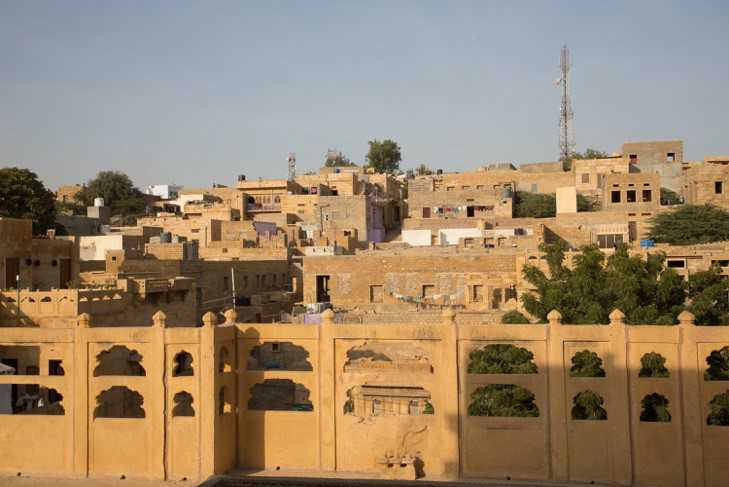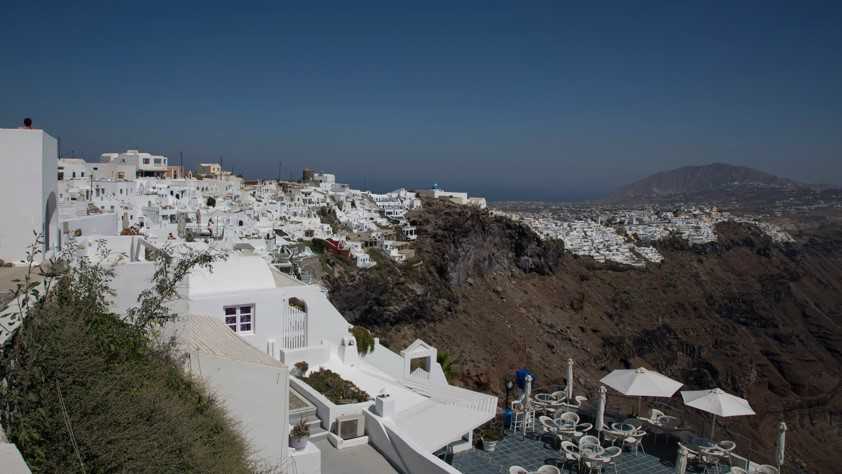It is cool to be energy efficient today as a key part of the goal to reduce global temperatures by 1.5 °C to 2 °C. Cool roof is a low-cost energy efficiency measure that can reduce energy use, mitigate climate change and improve thermal comfort. So much so, if all roofs were to be painted white, it could reduce global temperature by 1 °C since that would nudge the earth’s albedo from 0.29 to 0.30.
In a tropical country like India, increasing the roof albedo could reduce solar radiation absorption, roof surface temperature and heat ingress into buildings. It will also decrease indoor temperature and increase thermal comfort in the top floor, reducing the need for active cooling. Though climate conditions vary by region, India’s climates and building types make roofs a vital component for achieving energy efficiency and indoor thermal comfort.
What is a Cool Roof?
A cool roof reflects most of the incident sunlight (about 80% on a clear day) and efficiently emits some of the absorbed radiation back into the atmosphere, instead of conducting it into the building. The term ‘cool roof’ refers to the outer layer or exterior surface of the roof that acts as the key reflective surface. Observations made over hundreds of years on the use of highly reflective surfaces in buildings, as well as research and measurements conducted by many organizations around the world, indicate that a dark roof’s surface temperature can be more than 60 °C in summer peak whereas a typical cool roof surface temperature stays 25-35 °C cooler than the normal roof. This can bring down the air temperature within the top floor of a dwelling by as much as 5 °C, enhancing the thermal comfort of occupants, reducing the air conditioning load and increasing the lifespan of the roof.


Cool Roof Benefits
Most HVAC systems are designed to meet the cooling loads during peak summer conditions. Cool roofs reduce the peak cooling load and consequently, the system size required to meet the load. At the city level, cool roofs are beneficial as they diminish the urban heat island effect. At the consumer end, they decrease air conditioning usage by 20% on the top floor, leading to energy savings and reduced electricity bills.
Cool roofs are a viable option for both new and existing building applications. In most locations, paints and materials with high Solar Reflectance Index (SRI) can be applied to any roof type. The cool roof materials are different in their emissivity, reflectivity, life and initial cost. The types of cool roof materials used are: broken china mosaic coating, high SRI paints, modified bitumen (asphalt or tar modified with plastic and layered with reinforcing materials then topped with a reflective surfacing material), slate or tile, metal and shingles.
Cool Roof Adoption Challenges
The major challenges of cool roofs are the cool paint life cycle cost and its maintenance. Roofs are exposed to fluctuating weather conditions, solar radiation, and pollution, which may lower the solar reflectance of cool roofing materials. Specialised roof coatings tend to self-clean with sun and rain but may require recoating every 5-10 years, depending upon the type of paint. There is a need to select the right technology for roof type and local climatic conditions to maximise performance. Studies have indicated that cool roof surfaces with ripples and low-slopes are more susceptible to lowered reflectivity due to dirt accumulation compared to surfaces that are smooth and have high gradients.
During winter, cool roofs may cause a marginal increase in heating energy consumption. For India, potential heating penalties are a small fraction of cooling-energy savings due to long summers and short winters.
To assist consumers in choosing the right cool roof, a cool roof calculator has been developed by International Institute of Information Technology (IIIT) Hyderabad. This calculator can model several combinations of the building, location, materials and HVAC, enabling the consumer to choose the appropriate cool roof material. In addition, the calculator also runs a parametric simulation between insulation thickness and roof albedo to find an optimum roof insulation thickness.
Global Best Practices
Cool roofs are a part of Building Codes in different parts of the world. In the United States of America and Europe, Cool Roof Rating Councils have been established to develop accurate and credible methods for evaluating and labeling the solar reflectance and thermal emittance of the cool roof materials. These councils support ongoing research on radiative energy performance rating systems for roof surfaces.
Energy codes such as the International Energy Conservation Code (IECC) and ASHRAE 90.1-2007 code developed by the American Society of Heating, Refrigerating, and Air-Conditioning Engineers (ASHRAE) give credits for cool roofs.
To help consumers determine the benefits of high albedo roofs under varying conditions, a simple cool roof calculator was developed by the US Department of Energy. The calculator calculates annual energy savings in cooling and heating for a given roof Solar Reflectivity (SR) in comparison with a low albedo roof for 243 different locations including US, Pacific territories and Canada.
The City of Seoul in South Korea launched a program in 2015 to paint rooftops, for free, using thermal barrier paint for lowering urban heat island and saving energy. The City provided loans to construction companies for painting cool roofs. The City also allocated USD 13.6 million in loan support at 1.75% interest for constructing energy efficient buildings.
Brazil’s “One Degree Less” movement (ODL) advocates cool roofs as a heat island mitigation strategy.
The state of California offers incentives and direct rebates to consumers to install cool roofs under a program titled Cool California. New York, Philadelphia and Houston are some of the cities in the US with successful cool roofs programmes.
Measures in India
In India, the GRIHA rating system, developed by The Energy and Resources Institute (TERI) and adopted by Ministry of New and Renewable Energy (MNRE), gives credits for cool roofs. The LEED India program of the Indian Green Building Council (IGBC) also provides credits for cool roofs recognizing their importance in urban heat island reduction.
AEEE’s member organisation CEPT University and IIIT have been strong advocates of cool roofs and have deep technical expertise that can be tapped by government or private sector organisations interested in learning more about the technology.
India’s vast population and rapid growth in buildings presents a significant opportunity for effective promotion and implementation of cool roofs by making it mandatory in ECBC rather than as a prescriptive measure.